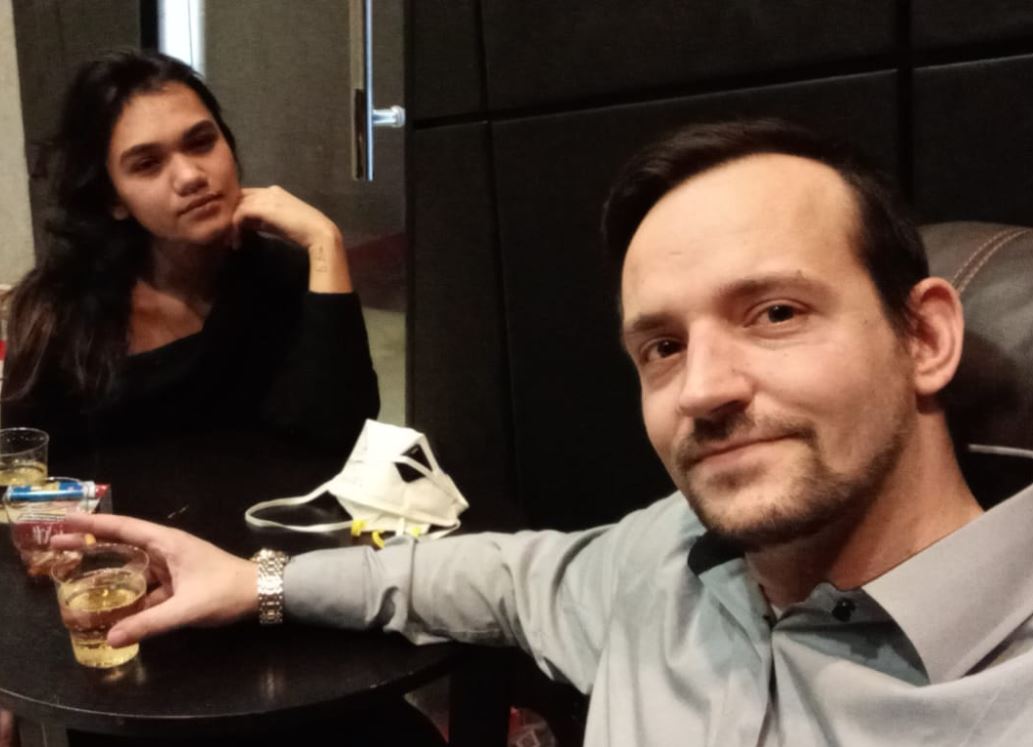Inclusion autumn game 2025: strong together in sports in Salzburg!
Experience the 2025 inclusion autumn games in Salzburg, where people with and without disabilities do sports together.

Inclusion autumn game 2025: strong together in sports in Salzburg!
The inclusion autumn games 2025 in Salzburg are a shining example of sporting and social cohesion in our city. On September 14, 2025, the mood in Salzburg was characterized by enthusiasm and joy when people with and without disabilities tried various sports together. This event, which attracted a lot of attention in advance, came at the right time, because it shows the challenges and opportunities in the field of sport and inclusion.
When looking at the event, it is striking that people with impairments often have only limited access to organized sport. This is a problem that we cannot ignore. There are many obstacles such as difficulties accessing sports facilities and a lack of integration into sports clubs. Trainer: Inside, there are also challenges when it comes to working with people with disabilities. A network of qualified specialists is hardly available, which does not make the situation easier. The “Sports on site- moving inclusion” project aims to create low-threshold sports and exercise offers to reduce these barriers and to promote participation, like [Salzburg24.at] (https://www.salzburg24.at/news/salzburg/stadt/ Inclusion HerbstSpiele-2025-die-Bilden-des-devevents-in-der-stadt-Salzburg-Art-302141).
Common sports experiences strengthen the cooperation
Sport is more than just physical activity; It promotes acceptance and tolerance, reduces prejudices and promotes cooperation that goes beyond sport. The acceptance of people with disabilities in sport should be considered for granted. But what does the reality look like? In Germany z. For example, only about 13% of the students with special educational needs in regular schools take part and the proportion of inclusive sports clubs is only 35%. Inclusion remains an extensive but necessary goal. The [Aktion Mensch] (https://www.aktion-mensch.de/ Inclusion/sport/Intergrundwissen/sport-und- Inclusion) has found that there are still many barriers in society that make it difficult for people with disabilities to do sports.
A positive example is Natalie du Toit, a South African swimmer who shows that it is possible to overcome boundaries. She won numerous medals at the Paralympics and shows what is possible in sports when barriers are broken down. Such successes inspire and show that it is not only about the competition, but also about the cooperation, which is clear in the [bpb.de] (https://www.bpb.de/shop/zeitschratzen/apuz/33347/ Inclusion-von-menschen-mit-zfare-im-sport/).
The challenges of inclusion in sport
Despite the progress that have been made in recent years, inclusion in sports remains a complex topic. Structured programs for promoting inclusion in sports clubs are available, but are not mandatory. This means that many people with disabilities do not do sports and the proportion of 55% is alarming in this group. Even if offers such as football tournaments exist for inclusive teams, access is often too limited to enable broad participation. After all, the need for a change in mentality in dealing with inclusion is becoming increasingly clear.
The 2025 inclusion autumn games were an important step in the right direction, but they also show the work that is still ahead of us. Together we can ensure that sport is also accessible to people with disabilities, because sport is there for everyone - there is definitely something!

 Suche
Suche
 Mein Konto
Mein Konto
